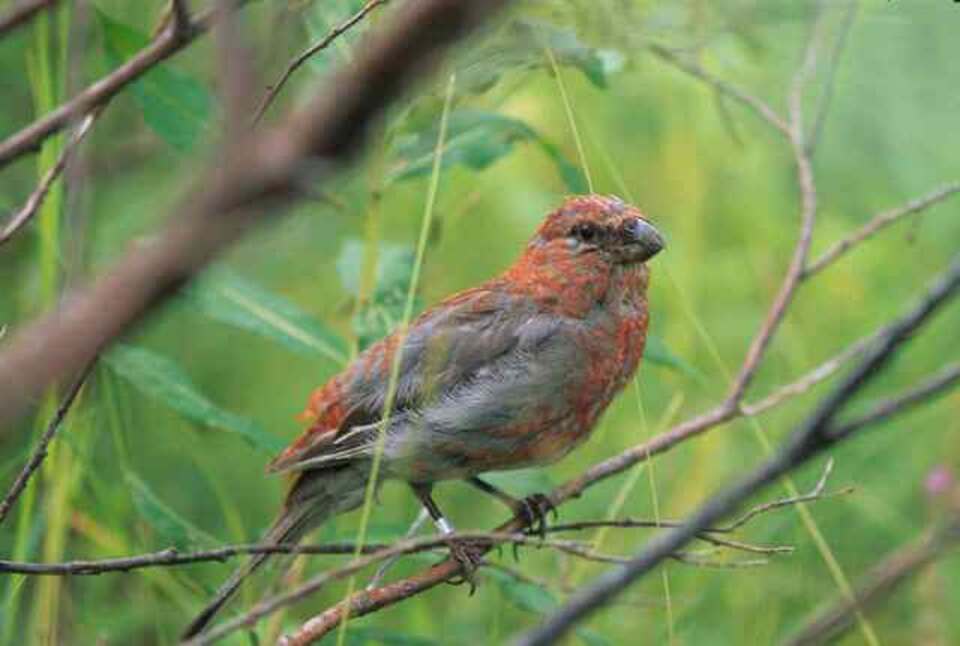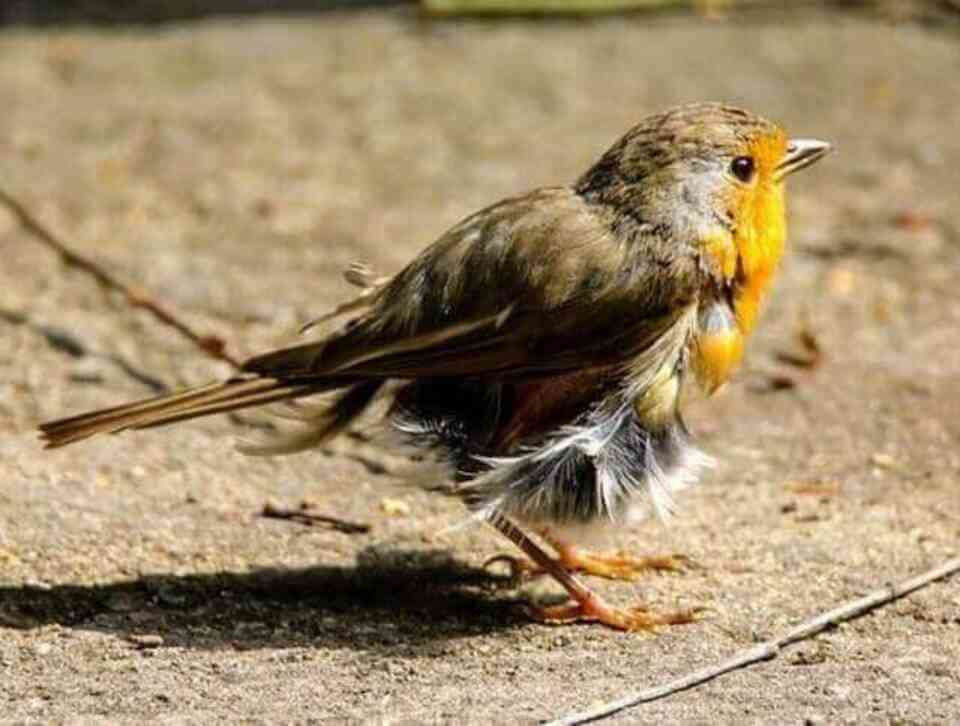If you’ve ever wondered, can birds regrow feathers? the answer is yes. Birds can regrow feathers after molting or injury. This process is part of their natural cycle, where old feathers are shed and replaced with new ones. The time it takes for feathers to grow back depends on the bird species and the condition of the feather follicles. In this article, we’ll dive into how birds regenerate their feathers and the factors that influence this remarkable process.
Table of Contents
- 1 How Do Feathers Grow? Understanding the Basics of Feather Development
- 2 Can Birds Regrow Feathers? Yes, Here’s How It Happens
- 3 Factors That Influence Feather Regrowth
- 4 Expert Tips for Supporting Feather Regrowth in Birds
- 5 Personal Experience: Watching Feather Regeneration Up Close
- 6 Conclusion: Feathers as Symbols of Renewal
- 7 Author
How Do Feathers Grow? Understanding the Basics of Feather Development
Feathers are one of nature’s most remarkable creations. They are lightweight yet strong, flexible yet durable, and they play a critical role in a bird’s life. To understand how birds regrow feathers, it’s important to first know how feathers grow in the first place.
The Role of Feather Follicles in Growth
Feathers grow from specialized structures in a bird’s skin called feather follicles. These follicles are embedded in the dermis layer of the skin and act as “factories” for feather production. Each follicle is capable of producing one feather at a time, and it remains active throughout the bird’s life.
Inside the follicle, cells divide rapidly to form the base of the feather shaft. Over time, these cells differentiate into various parts of the feather, such as the central rachis (the stiff spine) and barbs (the soft filaments branching out). This process is highly organized and ensures that each feather grows with precision.
Stages of Feather Growth
- Initiation: The follicle begins producing cells that will form the new feather.
- Growth Phase: The feather pushes outward from the follicle as keratin—a tough protein—hardens its structure.
- Maturation: The feather reaches its full size and shape, ready to serve its purpose.
- Shedding: Old or damaged feathers eventually fall out to make way for new growth.
This cycle repeats throughout a bird’s life, ensuring that their plumage remains functional and beautiful.
Can Birds Regrow Feathers? Yes, Here’s How It Happens
Yes, birds can regrow feathers! This natural process is known as molting, during which birds shed old or damaged feathers and replace them with new ones. Feather regrowth is essential for maintaining a bird’s ability to fly, insulate itself from extreme temperatures, and attract mates through vibrant plumage.
What Is Molting? A Natural Renewal Process
Molting is a cyclical process that occurs in almost all bird species. Depending on the species and environmental conditions, molting can happen once or multiple times a year. During this period:
- Birds shed old feathers systematically to avoid being completely bare at any point.
- New feathers grow from the same follicles where old ones were lost.
- The process can take weeks or months depending on factors like age, health, and species.
For example, I once observed a cardinal in my backyard going through its annual molt. Its vibrant red plumage looked patchy for weeks before it emerged with a fresh coat of brilliant feathers—a testament to nature’s resilience.
The Science Behind Feather Regrowth
Feather regrowth is not just about replacing lost plumage; it’s a complex biological process that involves cellular regeneration and nutrient allocation.
Activation of Feather Follicles
When a feather falls out or is damaged beyond repair, the follicle enters an active phase called regeneration mode. Specialized stem cells within the follicle begin dividing rapidly to create new feather tissue. This process mirrors embryonic development but occurs on a much smaller scale.
Protective Sheath Formation
As the new feather grows, it emerges covered in a keratin sheath that protects it during development. This sheath eventually flakes off as the feather matures. I remember rescuing an injured pigeon once and noticing tiny pin-like structures on its wings—these were developing feathers encased in their protective sheaths.
Energy Demands of Regrowth
Feather regrowth requires significant energy and resources from the bird’s body. Proteins like keratin are essential for building strong feathers, while vitamins like biotin and minerals like zinc support healthy growth.
Factors That Influence Feather Regrowth
Not all birds regrow their feathers at the same rate or quality; several factors can affect this process.
| Factor | Impact on Feather Regrowth |
|---|---|
| Nutrition | A diet rich in proteins and nutrients accelerates healthy feather growth. |
| Health | Illness or stress can delay or impair regrowth by diverting energy away from follicle activity. |
| Environmental Conditions | Harsh weather or pollution can damage developing feathers or slow down their growth rate. |
| Age | Younger birds tend to regenerate feathers faster than older ones due to more active metabolism. |
Expert Tips for Supporting Feather Regrowth in Birds
Whether you’re caring for pet birds or observing wild ones, here are some tips to support healthy feather regrowth:
- Provide Proper Nutrition: Offer foods rich in protein (like insects or eggs) and essential vitamins like A and D.
- Minimize Stress: Keep birds in calm environments during molting periods to reduce stress-related delays.
- Maintain Cleanliness: Ensure clean habitats to prevent infections that could harm developing feathers.
- Observe Closely: Monitor your bird’s molting patterns for irregularities that might indicate health issues.
Personal Experience: Watching Feather Regeneration Up Close
One summer, I had the privilege of rehabilitating an injured blue jay that had lost several tail feathers after being attacked by a predator. Over three months of care—providing proper food and ensuring a stress-free environment—I watched its tail feathers slowly grow back into their full glory. Witnessing this transformation was nothing short of magical; it gave me a deeper appreciation for how resilient birds truly are.
Conclusion: Feathers as Symbols of Renewal
The ability of birds to regrow their feathers is one of nature’s most incredible feats—a testament to resilience and adaptation in the face of challenges. From molting cycles to intricate biological processes within follicles, every aspect of feather regeneration highlights just how remarkable these creatures are.
Next time you see a bird preening its plumage or sporting fresh new feathers after molting season, take a moment to appreciate this marvel of nature! It’s not just about beauty; it’s about survival, renewal, and thriving against all odds—a lesson we can all learn from our avian friends!




